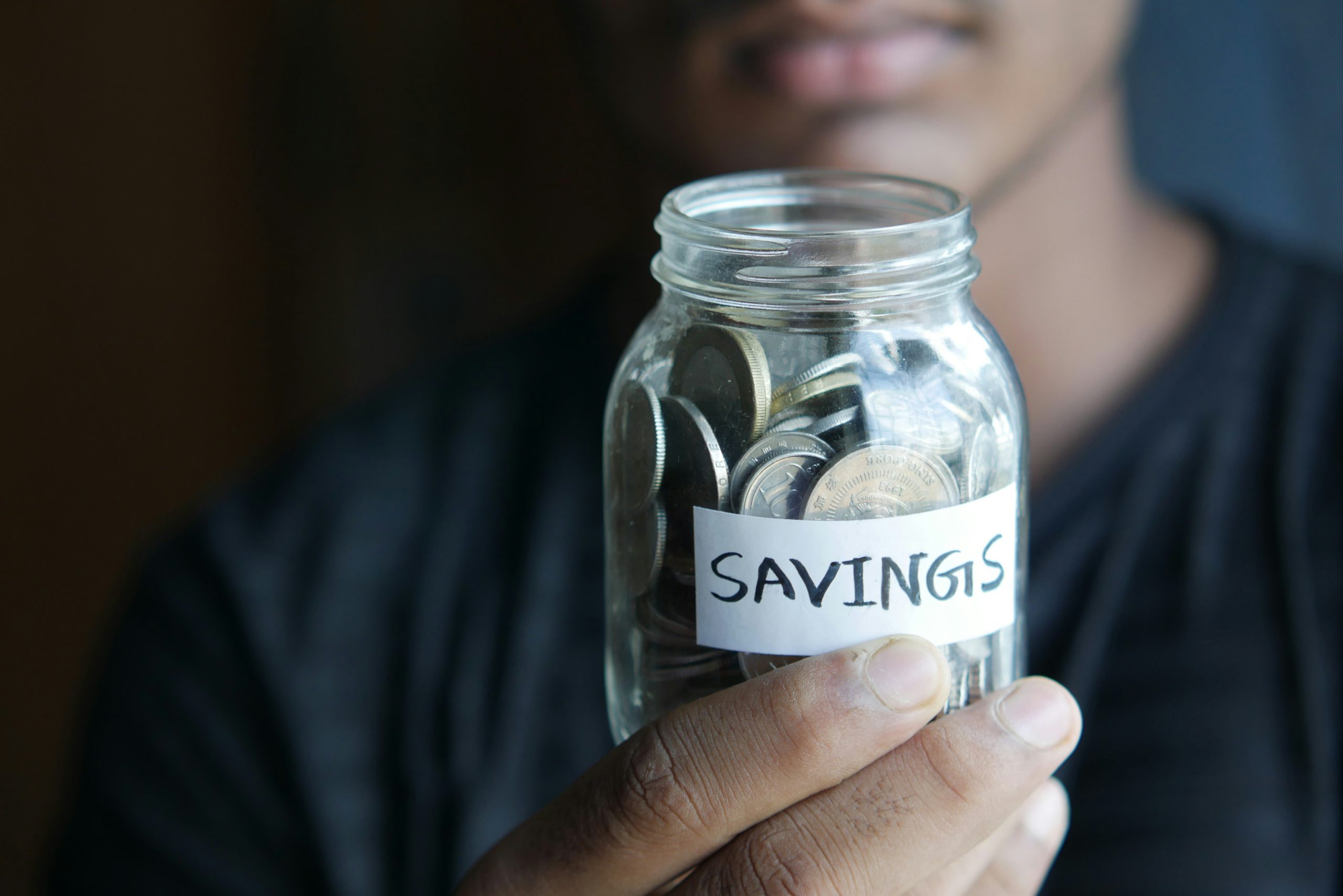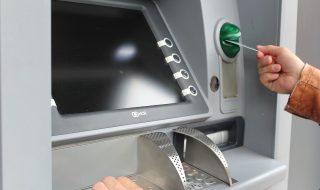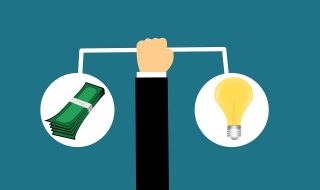
Have you ever wondered what the difference is between disposable income and discretionary income?
Most of us have heard the terms thrown around, but do we really understand what they mean?
If you don’t, don’t worry.
Allow us to break it down in simple terms so you can wrap your head around these two important money concepts.
Defining disposable income and discretionary income
- Disposable income: Your take-home pay
After your employer deducts CPF contribution from your paycheck, the amount left over is your disposable income.
It’s what you have available to pay for necessities like rent, groceries, and utilities.
For example, if you earn $50,000 annually but pay $10,000 in income taxes, your disposable income is $40,000.
That $40,000 has to pay for essential costs of living before becoming discretionary income you can spend freely.
- Discretionary income: For fun and recreation
Discretionary income is what’s left from your disposable income after paying for life’s necessities.
This money is discretionary—you have discretion over how to spend it.
You might spend discretionary income on hobbies, entertainment, vacations, or non-essential whatnot.
For example, if your disposable income is $40,000 and you spend $30,000 per year on rent, food, insurance, and other necessities, your discretionary income is $10,000.
You can allocate that $10,000 for dining out, streaming media services, gym memberships, or whatever recreational activities you enjoy.
Making the most of your disposable & discretionary income
- Set a budget

Image Credits: unsplash.com
The first step is setting a budget to understand how much discretionary income you have to work with each month after paying for essentials.
Look at your income and expenses over the last few months to determine an average amount left over.
Make sure your budget accounts for both short- and long-term goals.
- Prioritize essentials
Focus on needs before wants.
Pay for housing, food, transportation, and healthcare first.
Look for ways to cut costs on essentials through budgeting, meal planning, public transit, or insurance optimization.
Any money saved can be added to your discretionary fund.
- Invest in yourself
Use some of your discretionary income for self-improvement to increase your earning potential.
Take a course to learn a new skill, get additional education or training, and build your professional network.
While these may seem like extra expenses now, they can pay off in the long run through career advancement, and pay increases.
- Reward yourself
After budgeting for essentials and investing in your future, spend the remainder of your discretionary income on enjoyment.
Treat yourself to a nice meal out, tickets to your favorite concert, a vacation, hobbies, or other leisure activities that you find personally fulfilling.
You’ve earned it!
Now, you should have a decent understanding of the differences between disposable and discretionary income. Disposable income is how much you have left over after taxes and necessities. Discretionary income is how much you can spend on wants after needs are met. While related, they are calculated differently. Knowing the distinction helps you budget and make smarter money choices.




